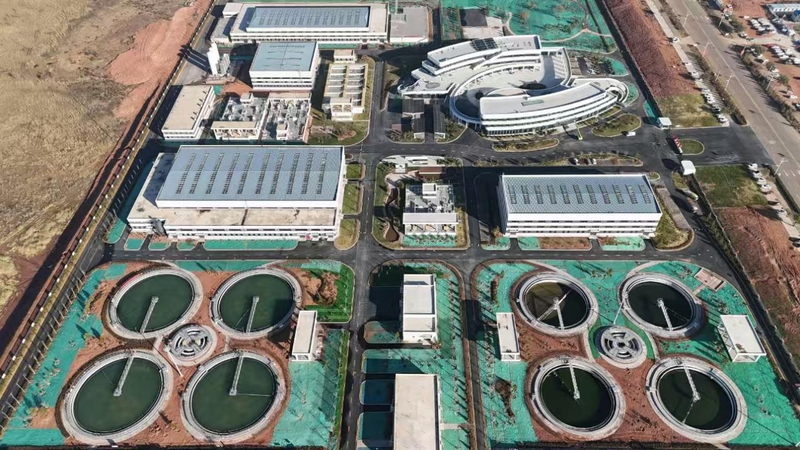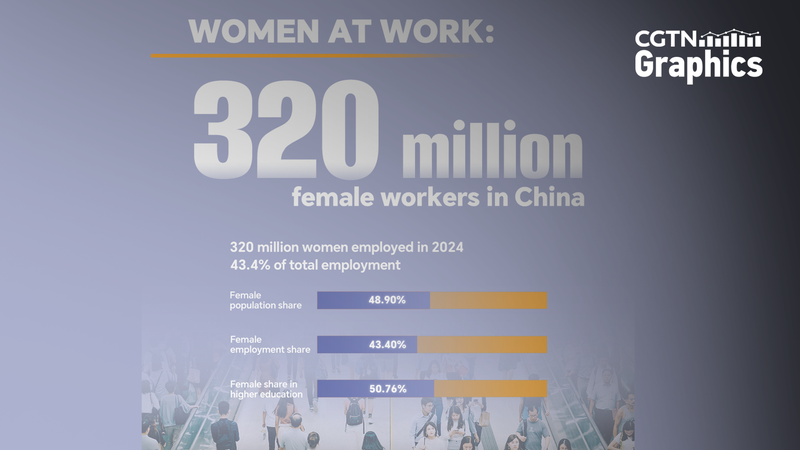In the bustling city of Hefei in the Chinese mainland's Anhui Province, the Xiaocangfang sewage treatment plant is reshaping how we think about water purification. By harnessing an AI-driven water management system, the plant monitors key indicators—like inflow and outflow volumes, ammonia nitrogen, and chemical oxygen demand—in real time. The result? Faster responses, fewer manual checks, and a more stable operation.
Daily wastewater arrivals at Xiaocangfang can swing from a low of 200,000 tonnes to a peak of 500,000 tonnes, thanks to weather and seasonal shifts. Early models of the AI system started with 80% prediction accuracy, but continuous data training has steadily pushed that figure toward an impressive 98%.
Down in Shanghai's Fengxian District, another plant is dialing chemical doses with AI precision. By adjusting treatment inputs on the fly, operators have cut chemical waste and boosted water quality—all while keeping carbon emissions in check.
These AI-powered upgrades are more than just high-tech demos. They illustrate a scalable blueprint for cities worldwide grappling with aging infrastructure, rising populations, and climate uncertainty. As environmental policies in the Chinese mainland move toward greener horizons, wastewater treatment could become a global success story in sustainability and resource efficiency.
From Hefei to Shanghai, the blend of AI and clean water could be the next big wave in environmental innovation. What might your city learn from these digital breakthroughs?
Reference(s):
cgtn.com


